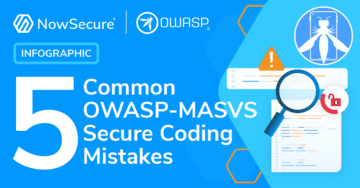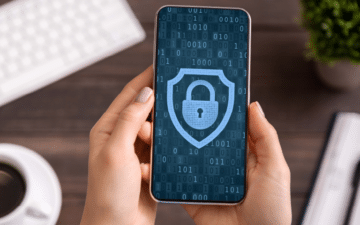The recent news about Spyware applications calls for greater scrutiny of these incredibly powerful applications. Spyware apps are classified as those apps that allow one to remotely listen into or track users activities. These apps include features that allow you to read emails and text messages, record phone calls, track users via GPS, and even activate the microphone or camera of a device.
Let’s take a closer look at what spyware is, how it is being used, and tips you can use if you think spyware has been installed on your mobile phone or tablet.
How is Spyware used?
First and foremost, spyware apps do have some legitimate uses. Parents can use these apps to monitor their children’s activities, and people can install them on their own devices should they want to record calls from their cell phones for legal reasons.
Despite the legitimate uses these apps provide, spyware apps are increasingly being used in domestic stalking cases. A recent NPR article surveyed 72 domestic violence shelters and found that 75% of the shelters housed victims whose abuser eavesdropped using remote spyware apps, and a staggering 85% of shelters housed victims whose abusers tracked their movements using GPS. These findings indicate a need for users to be able to detect and remove spyware apps when they suspect their device may be used for illegitimate purposes. .
The issue with trying to detect and remove spyware apps is that these apps are, by nature, designed to be invisible. Most spyware apps have options that allow their icon to be hidden from the main app menu. More technically adept users that attempt to uncover and identify spyware apps by looking through the systems information may not see the spyware apps either. Studies show that the apps use package names that look like system apps to conceal their identity.
Users that think they may have spyware installed on their mobile phone or tablet, without their knowledge, can follow our recommendations below. If you have questions, comments, or have personal experience using spyware apps, please share your stories with us in the comments below.
5 Recommendations to secure yourself against spyware and unwanted apps:
- Use a secret passcode. Set a passcode on your phone that only you know, 6 digits or alphanumeric (a mix of letters and numbers), and don’t share the passcode with anyone. In most cases, these apps are installed on the phone through normal means, and cannot be installed when the phone is locked. Your passcode can protect you against someone installing the app on your device without your knowledge.
- Protect your device. These apps are generally hidden and not listed on the main apps listing screen. You can use a reputable, free tool like viaProtect to monitor your phone and alert you to the presence of spyware apps on your phone.
- Know your rights. Be aware that using an app to spy on another person’s phone without their knowledge is illegal in most situations. If you are the victim of a Spyware app, consider alerting authorities.
- Look for warning signs. Warning signs may include increased battery and data usage, random beeps and other strange events. (However, similar signs can simply indicate glitches or badly written apps, not necessarily spyware.) If you are concerned, you can install a reputable app like viaProtect to look for spyware, and consider resetting your phone (step 5) if you want to be sure it is safe.
- Reset your device. If you are very concerned and want to ensure your phone is safe from spyware, back up your data (photos, contacts, etc.) and then use the”Factory Reset” function of the phone to clear all apps and settings. Spyware like this will not survive a reset. After reset, use a new secret passcode to protect yourself moving forward.






